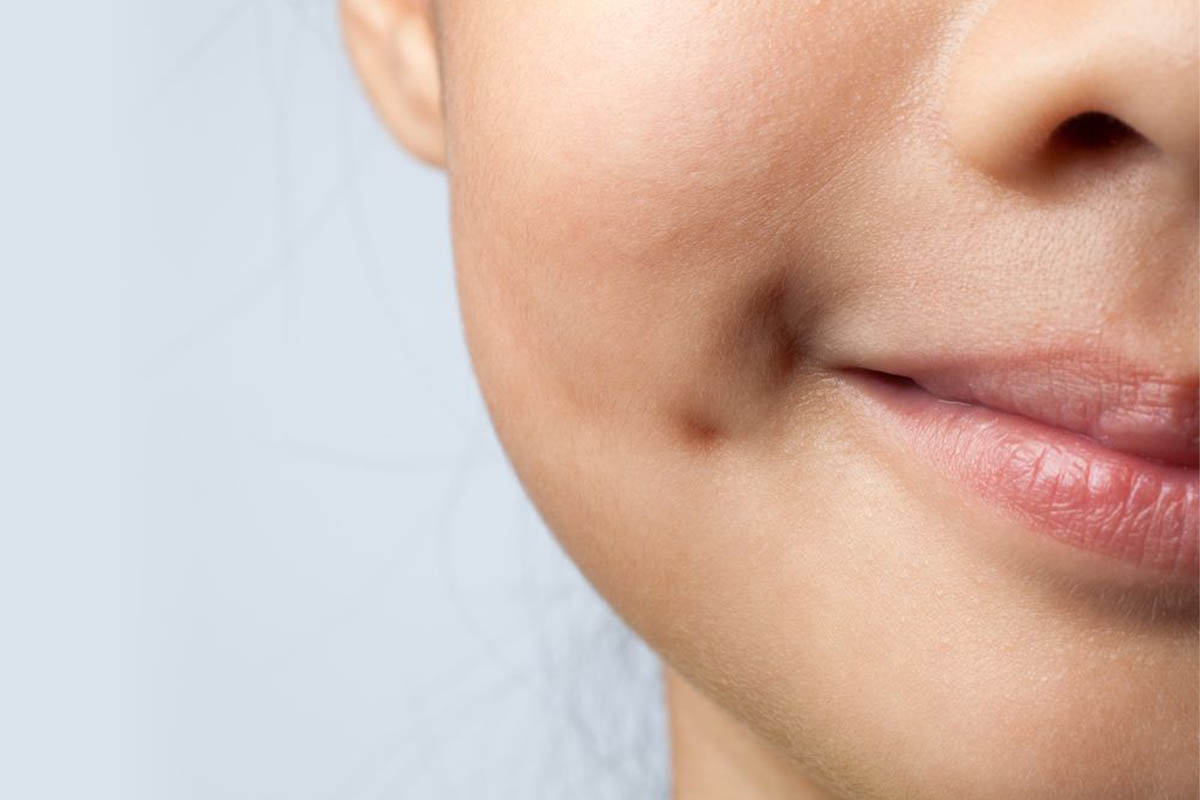Dimpleplasty refers to a form of cosmetic surgery designed to form dimples on the cheeks, which are those charming indentations that often appear when certain individuals smile. Typically found on the lower part of the cheeks, some individuals may also possess chin dimples.

Not everyone is naturally endowed with this facial feature. In some cases, dimples result from natural formations in the skin due to underlying facial muscles, while others may be a consequence of injury.
Irrespective of their origin, dimples are esteemed in various cultures as symbols of beauty, good fortune, and even prosperity. Owing to these perceived advantages, the demand for dimple surgeries has witnessed a significant rise in recent times.
How should I prepare for a Dimpleplasty?
When contemplating dimpleplasty, it is essential to locate a skilled surgeon. While some dermatologists are trained to perform this type of surgery, it might be necessary to consult a facial plastic surgeon.
After identifying a reputable surgeon, schedule an initial appointment with them. During this meeting, you can delve into the potential risks and benefits of dimple surgery. Additionally, the surgeon will assess your suitability for the procedure, and together you’ll determine the optimal placement for the dimples.
Dimpleplasty costs vary, and it is not covered by medical insurance. On average, individuals spend around $1,500 for this procedure. It’s crucial to note that any complications may result in an increase in the overall cost.
What happens during a Dimpleplasty
Dimpleplasty is conducted on an outpatient basis, allowing you to undergo the procedure in your surgeon’s office rather than a hospital setting. General anesthesia may not be necessary.
Initially, your doctor will administer a topical anesthetic, such as lidocaine, to the targeted skin area, ensuring a pain-free experience during the surgery. It typically takes approximately 10 minutes for the anesthetic to take effect.
Using a small biopsy instrument, your doctor creates a tiny incision in the skin to manually form a dimple, removing a small amount of muscle and fat in the process. The incision is typically 2 to 3 millimeters in length.
After establishing the space for the impending dimple, your doctor places a suture (sling) from one side of the cheek muscle to the other. The sling is then secured, permanently setting the dimple in place.

Recovery
The recovery process following dimpleplasty is generally uncomplicated. Hospitalization is not required, and you can typically leave for home right after the surgery. Following the procedure, there may be slight swelling, but this is generally temporary. Cold packs can be applied to alleviate swelling, and it usually subsides on its own within a few days.
Individuals undergoing dimpleplasty can usually resume normal activities, including work and school, after two days. A follow-up appointment with your surgeon is often scheduled a couple of weeks post-procedure to evaluate and discuss the results.
Complications that may happen
Complications from dimpleplasty are relatively uncommon, but if they do occur, they can have serious implications. Potential risks include:
- Bleeding at the surgical site
- Facial nerve damage
- Redness and swelling
- Infection
- Scarring
In the event of excessive bleeding or oozing at the procedure site, it is crucial to consult your doctor promptly, as it may indicate an infection. Timely treatment reduces the risk of the infection spreading to the bloodstream and causing more severe complications.
While scarring is infrequent, it is an undesirable potential outcome of dimpleplasty. Additionally, there is a possibility that the results may not meet your expectations. Reversing the effects of this type of surgery can be challenging.
Conclusion
Similar to other plastic surgeries, dimpleplasty entails both short-term and long-term risks, albeit rare. The majority of individuals undergoing this procedure report positive experiences, as noted by the Indian Journal of Plastic Surgery.
It is crucial to acknowledge that the results of dimpleplasty are permanent, regardless of personal satisfaction. Despite its seemingly straightforward nature, opting for this surgery demands careful consideration before making a decision.




